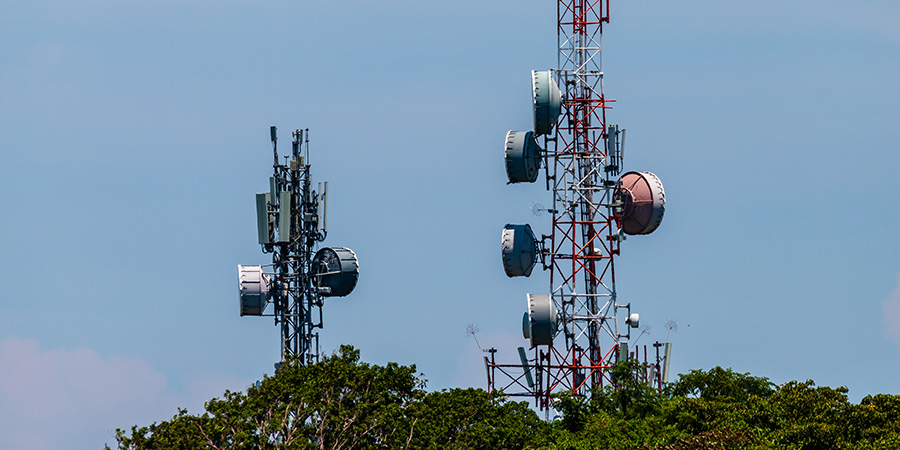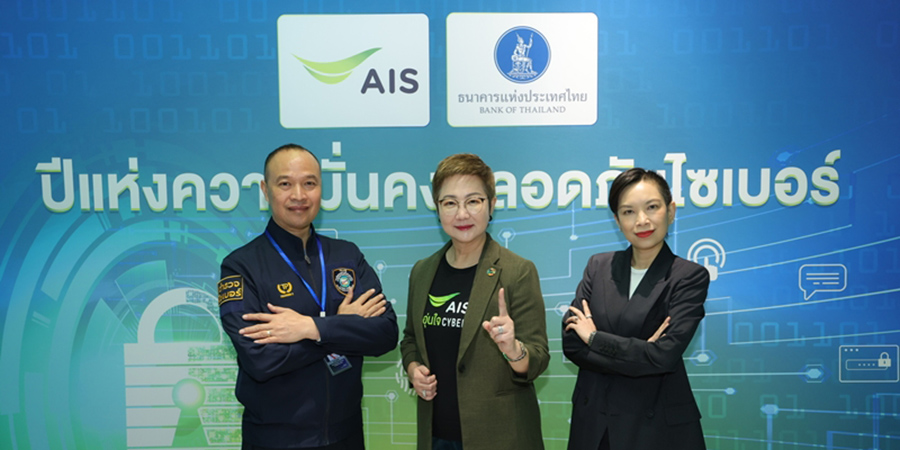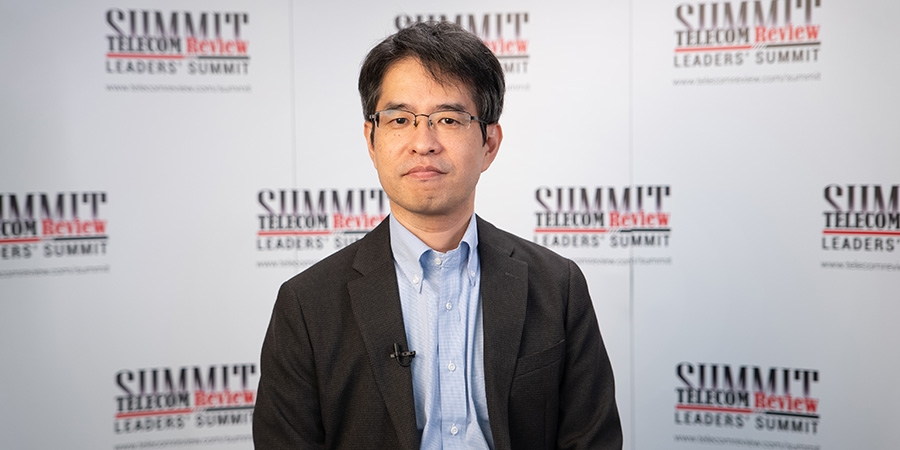In the shadowy realm where cloud servers hum and algorithms rule, tech giants have long sparred with national tax authorities; now, a reckoning is underway. From the boulevards of Paris to the corridors of Westminster, governments are erecting fiscal guardrails to ensure Silicon Valley, and its digital offspring worldwide, pays its dues.
This quest for equitable taxation has led to a mosaic of national policies, international negotiations, and, at times, trade tensions. But why is the world taxing tech titans?
Governments around the world are taxing tech titans to ensure fairer contributions from companies that generate massive profits using local users and data but often pay little or no tax in those countries. Traditional tax systems haven’t kept up with the digital economy, allowing tech giants to shift and report their profits in low-tax havens. This shift also reflects growing concerns about the influence of big tech and the need for governments to reclaim economic and regulatory control.
Global Ripples and Retaliations
The global landscape of digital taxation is rapidly evolving, sparking tensions that reach far beyond fiscal borders. In April 2025, President Donald Trump’s announcement of sweeping tariffs on global imports sent shockwaves through international trade, impacting both allies and adversaries. European leaders, including French President Emmanuel Macron, condemned these tariffs as “brutal and unfounded,” signaling the possibility of countermeasures, such as suspending investments and implementing new digital taxes for U.S. tech giants.
This was particularly evident as President Trump’s February 2025 memorandum targeted foreign digital services taxes (DSTs), with a particular focus on the EU, whilst also hinting at potential retaliation against other countries as part of his “reciprocal trade” policy. The memorandum called for expanded investigations and actions against discriminatory DSTs and regulatory barriers, which could spark further tensions with nations implementing digital taxes.
These developments highlighted the deepening connection between digital taxation policies and broader trade dynamics. As countries like the UK, India, and Australia introduced their digital taxes, the consequences rippled across multinational agreements, igniting a fierce debate about fairness, sovereignty, and the future of global commerce in an increasingly digital world. With the Trump administration rejecting multilateral approaches like the Organization for Economic Co-operation and Development’s (OECD) Pillar One, which sought to redistribute profits and curb DSTs, the growing divide between unilateral and cooperative tax strategies could reshape the future of global trade and taxation.
France: The Rebel with a Tax Code
Amid these rising tensions, France has taken the lead in confronting big tech with a digital tax aimed squarely at the likes of Google, Amazon, and Facebook. In 2019, the French government introduced a 3% DST on revenues generated within French borders by tech companies with global revenues exceeding EUR 750 million and at least EUR 25 million in French earnings. This move served as a fiscal policy and a clear statement of intent. France sought to zero in on the tech giants profiting heavily within its borders while paying little to no taxes, exploiting loopholes in international tax regulations. By focusing on revenues earned within France, the tax aimed to ensure that profits were taxed where value was created, not where companies strategically recorded their earnings.
Although France set a precedent that resonated across Europe and the world, the move was met with fierce resistance from the United States, which saw the tax as an affront to American companies. The French move also catalyzed other European Union (EU) members to explore similar measures, pushing the debate on digital taxation into the international spotlight.
The idea of a global framework to regulate digital taxes gained traction. However, it remained a complex and contentious issue, with multiple countries attempting to balance the need for innovation with the imperative of fair taxation.
Read About: The Impact of International Trade Policies on Asia-Pacific Telecom Expansion
Britain’s Digital Balancing Act
Across the Channel, the UK charted a similar course by introducing its own 2% DST in 2020, targeting revenues from search engines, social media services, and online marketplaces profiting from substantial UK user bases. The UK government positioned the tax as a temporary measure to ensure tech giants contributed to the economy while awaiting an international solution. However, the move faced significant backlash, especially from the United States, which warned that unilateral digital taxes could trigger global trade disruptions and retaliatory actions.
In 2025, the UK is under renewed pressure following the Trump administration’s reintroduction of tariffs, including potential reprisals against the UK’s DST. This escalation has pushed the UK to seek new economic agreements to protect its industries from digital trade repercussions. The situation underscores the challenge of balancing domestic tax measures with global trade diplomacy as the UK navigates the digital tax debate.
Europe’s Quiet Enforcers
In recent years, Italy, Austria, and Spain have joined the growing movement across Europe to implement DSTs targeting global tech giants.
Austria introduced a 5% tax on digital advertising revenue in 2020, explicitly targeting tech giants benefiting from Austrian platforms. Italy implemented a 3% DST in 2020, targeting companies with over EUR 750 million in global revenue, including digital advertising and online sales. Similarly, Spain introduced a 3% DST in 2021, focusing on online advertising and intermediation services. This tax targeted companies like Google, Facebook, and Amazon, aiming to generate up to EUR 1 billion annually.
In 2025, Italy significantly expanded its DST by removing the EUR 5.5 million annual revenue threshold for digital services. This change means that any company with global yearly revenue exceeding EUR 750 million is now subject to the DST if it generates revenue from qualifying digital services in Italy. The tax rate remains at 3% for revenue from digital advertising, intermediation services, and data transmission.
Read More: Asian Telcos Are at the Forefront of Private 5G Network Adoption
A Global Chorus
Europe is not alone in its efforts to regulate big tech through digital services taxes. Countries like India, Canada, and Australia have also taken steps to reclaim lost tax revenue, creating a global chorus of nations attempting to level the playing field for digital taxation.
Africa
Across Africa, countries are increasingly implementing digital tax initiatives to capture a fair share of value from global tech giants operating within their borders.
South Africa, while not imposing a DST, has been tightening VAT collection on e-services since 2014 and expanded it in 2019 to cover more foreign suppliers. Kenya pioneered the charge in 2021 with a 1.5% DST targeting streaming platforms, ride-hailing apps, and e-commerce. However, under international pressure, Kenya replaced the DST in 2024 with a significant economic presence (SEP) tax, aligning with the OECD’s Pillar One framework by taxing 30% of deemed profits from digital services. Nigeria implemented a 6% tax on non-resident digital service providers in 2022, requiring companies with significant economic presence to register and remit VAT. Uganda and Tanzania have experimented with taxing social media use and digital platforms, though such policies have sparked public backlash.
Read More: Red Flag: Protection of Navigation Satellites Critical
Asia Pacific
In 2025, the Asia Pacific continues to assert its influence in the evolving global digital tax landscape with several key policy shifts. India, a frontrunner in taxing the digital economy, made a notable move by abolishing its 6% equalization levy on digital advertising services provided by non-resident companies, effective April 1. This followed an earlier decision in August 2024 to repeal the 2% levy on e-commerce supplies and services by foreign firms. Both measures were part of India’s broader strategy to align with international tax norms and ease mounting trade tensions, particularly with the United States, which had raised concerns over the perceived discriminatory nature of the levies.
Meanwhile, the Philippines took a decisive step by implementing a 12% value-added tax on digital services offered by foreign tech companies, including streaming platforms and online search engines. The law was passed in late 2024 and enacted in 2025, with the government projecting significant revenue gains over the next five years. The goal was to create a level playing field between domestic providers and global digital platforms, ensuring fair taxation of digital transactions.
In December 2024, Australia unveiled a digital services tax targeting tech giants such as Meta, Google, and TikTok, set to begin in 2025. The levy applies to companies earning over AUD 250 million locally.
Malaysia also entered the digital tax spotlight in 2025, though under different pressures. After the United States imposed a 24% reciprocal tariff on Malaysian goods, the Federation of Malaysian Manufacturers (FMM) urged the government to delay introducing additional tax burdens—particularly the expansion of the sales and services tax (SST) and the rollout of DTS.
China has prioritized supporting its domestic digital economy through tax incentives and modernization efforts, rather than imposing digital services taxes (DSTs) on foreign tech companies, likely to avoid escalating tensions with the United States and to prevent broader trade conflicts. The government has implemented significant tax cuts and fee reductions to encourage technological innovation and high-end manufacturing, totaling approximately CNY 2.63 trillion yuan (USD 361 billion) in 2024 alone. Additionally, China has introduced policies such as a 10% corporate income tax deduction for investments in digital and intelligent transformation of equipment between 2024 and 2027.
Canada
Canada’s DST, which came into force in mid-2024, is already shaping its domestic tax policies, and the first payments are expected by June 30, 2025. This tax targets large foreign digital companies generating significant revenues in Canada, with global revenues exceeding EUR 750 million and Canadian revenues surpassing CAD 20 million. The implementation of the DST in Canada, coupled with its retroactive application to 2022 revenues, has raised tensions with the United States, which views the tax as discriminatory against U.S. tech giants.
In response, the U.S. Trade Representative initiated trade dispute consultations in August 2024, arguing that Canada’s DST violates international trade agreements. This ongoing dispute culminated in February 2025 when President Donald Trump announced plans to impose retaliatory tariffs on Canada and France, which have implemented similar taxes targeting foreign digital firms. The decision to move forward with tariffs highlights the growing friction between the U.S. and other nations over digital taxation.
Read More: Masayuki Kayahara Promoted to SVP, Global Network Division, NEC
Can Global Coordination on Digital Taxation Be Achieved?
The digital tax landscape is entering a crucial phase in 2025. With many countries moving toward unilateral digital taxes, the global tax system is in flux. Tensions are rising, especially as the OECD’s Pillar One and Pillar Two frameworks face delays and complications.
Pillar One seeks to shift taxing rights to countries where digital companies create value through their users, even without a physical presence. This could allow countries like India and France to claim a share of tax revenue from companies like Google or Meta. Pillar Two, meanwhile, introduces a 15% global minimum tax on multinational corporations, aiming to end the “race to the bottom” on tax rates.
Although over 140 countries initially agreed to these principles, the timeline for implementation is now uncertain. National priorities and legal hurdles have slowed progress, with countries like France and India moving forward with their digital taxes, risking trade conflicts.
The return of Donald Trump to the U.S. presidency in 2025 has further complicated matters. The U.S., home to most major tech firms, has threatened retaliatory tariffs against countries imposing DSTs. Meanwhile, in a letter from February, U.S. congressional Republicans criticized Pillar One, which reallocates taxing rights over multinational enterprises, arguing it disproportionately affects U.S. companies, and Pillar Two’s global minimum tax, which they determined undermines U.S. tax incentives.
Despite these challenges, the OECD’s plan remains the most comprehensive attempt at global coordination on digital taxation. How countries navigate these issues in 2025 will shape the future of international tax reform.
The Verdict
As the year unfolds, the debate over digital taxation has reached a fever pitch, with countries fiercely divided. While some push for reforms to curb corporate dominance and ensure a fairer tax system, others fear the potential economic fallout.
This shift has been especially pronounced in Europe and parts of Asia, where governments are aiming to level the playing field between local businesses and dominant international technology companies. However, the U.S. government has viewed many DSTs as discriminatory against American companies and, under both the Trump and Biden administrations, has threatened retaliatory tariffs, which are now coming to fruition.
As more countries push forward with their own rules—whether to assert digital sovereignty, raise internal revenue, or challenge the dominance of big tech—a fragmented global tax environment remains. One thing, however, is clear: the era of low-tax digital empires is nearing its end.












